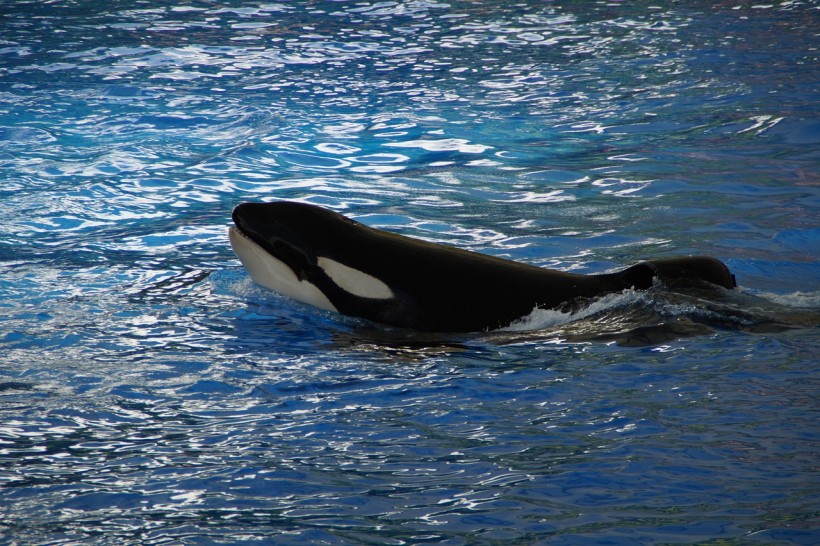The killer whale named Kiska has been in captivity for 43 years and kept alone in her tank for 11 years at MarineLand, an amusement and theme park in Niagara Falls, Ontario. Due to this, she has been dubbed the world's loneliest orca.
Throughout the years, she had five calves that all died after having short lives. One of her calves only lived for two months, and the longest-living offspring only lasted for six years compared to the average lifespan of orcas in the wild about 30 to 50 years. Now, scientists are saying that Kiska is experiencing a situation "tantamount to torture."

Kiska, the World’s Loneliest Orca, Is Facing a Situation ‘Tantamount to Torture’: What Does Being Held Captive Do to Orcas?
Why Kiska Is Experiencing a Situation Similar to Torture?
Orcas are known for being highly intelligent whales, having one of the largest and most complex brains in the animal kingdom, and complicated social lives. Also, they are the third most common species of cetaceans kept in aquariums and marine theme parks based on a 2019 study published in the Journal of Veterinary Behavior.
The study says that dozens of orcas are being kept in captivity in concrete tanks that have spent several years and even decades in these places, like Kiska. More and more research is showing that both captive orcas that were originally from the wild and those in captivity cannot thrive under artificial circumstances, as they could exhibit unusual behaviors and often die at an early age.
Study author Lori Marino, the founder of the Whale Sanctuary Project, told Newsweek that there are vast differences in how each whale copes with living inside a concrete tank for years, but they could never thrive.
In Kiska's case, she may be surviving the artificial environment but that does not mean she is experiencing good well-being, says Marino. Orcas are naturally social animals and Kiska has been alone for 11 years already, which is equivalent to being tortured for them.
Her experience of losing her calves was extremely traumatic, especially since family bonds between mothers and children among orcas are extremely tight and important.
Marino said that Kiska has been exhibiting a stereotype or abnormal repetitive behavior that involves swimming in one particular part of the enclosure and thrashing her body for many years. She has also won down her teeth to the gums, which is a common oral stereotypy.
Stereotypy is attributed to stress and is also found in humans and other animals who are emotionally disturbed. It also indicates neural harm to certain parts of the brain.
Conservationists Hope To Transfer Kiska to Sanctuary
According to National Geography, the Whale Sanctuary project led by a group of marine mammal scientists, veterinarians, engineers, and policy experts aims to establish seaside sanctuaries for rescued and retired cetaceans. In that way, the animals would be able to live in cordoned-off habitats in the ocean while still being cared for and fed.
They have identified British Columbia, Washington State, and Nova Scotia as potential sites for their sanctuary. Although, the logistics are making their project complex. The group hopes to partner with SeaWorld in the rehabilitation process even though the latter has expressed their opposition to the idea as they see it as "sea cages" that will only do more harm than good.
Marino and other animal welfare activists are hoping to bring Kiska into a 100-acre sanctuary for captive orcas and beluga whales in Nova Scotia as the sanctuary slowly welcomes its first residents by the end of next year.
RELATED ARTICLE: The Neural Cruelty of Captivity: Keeping Large Mammals in Zoos and Aquariums Damages Their Brains
Check out more news and information on Animals in Science Times.














